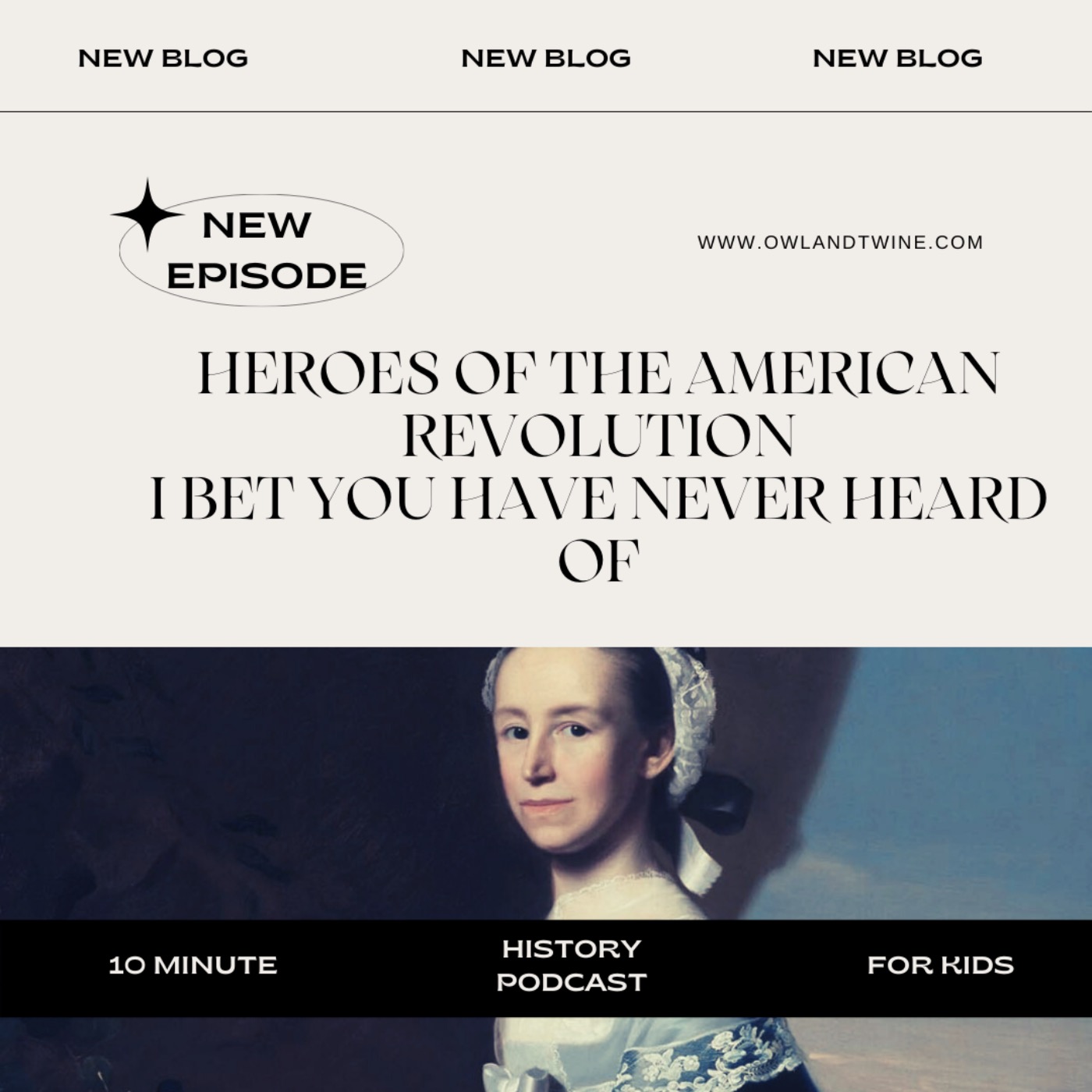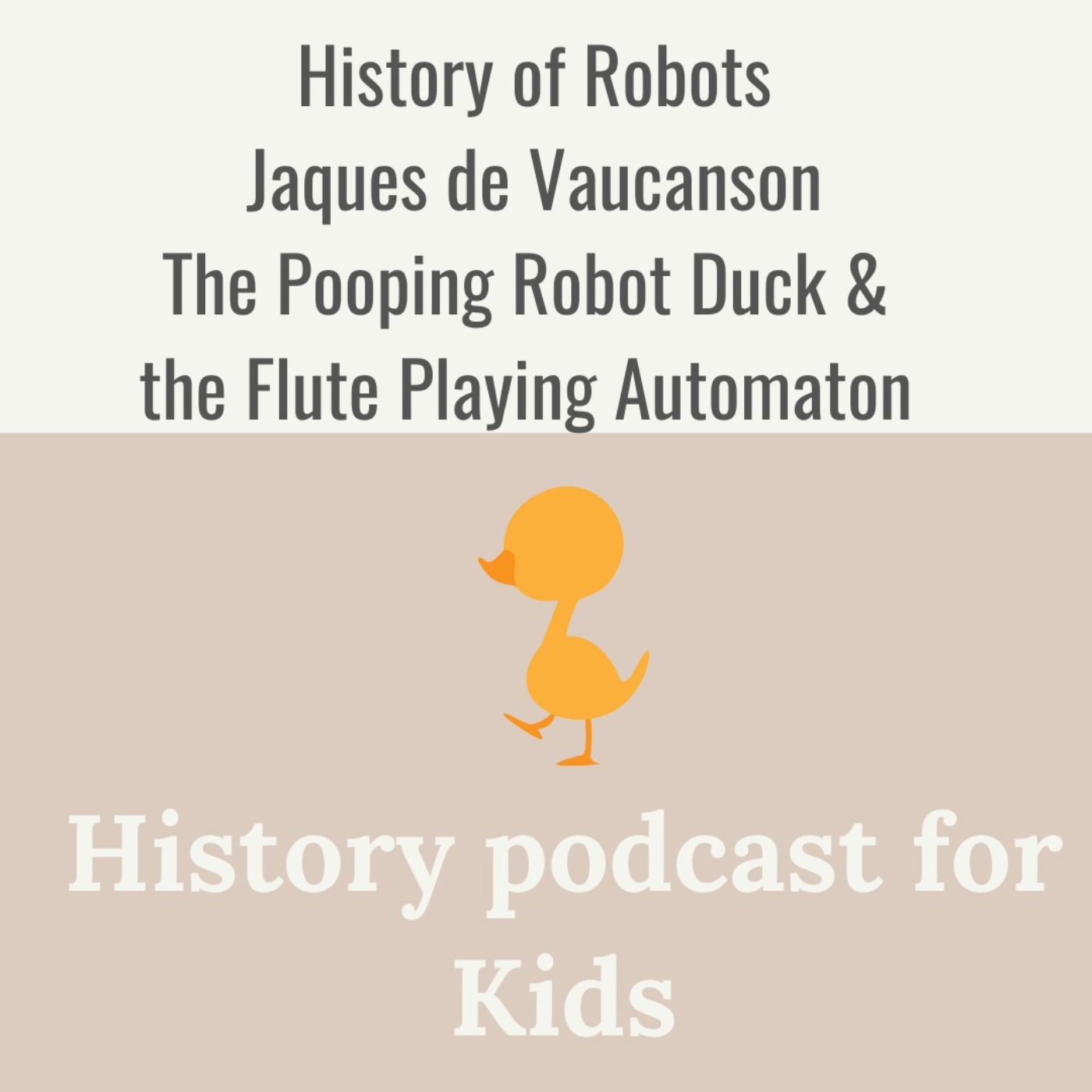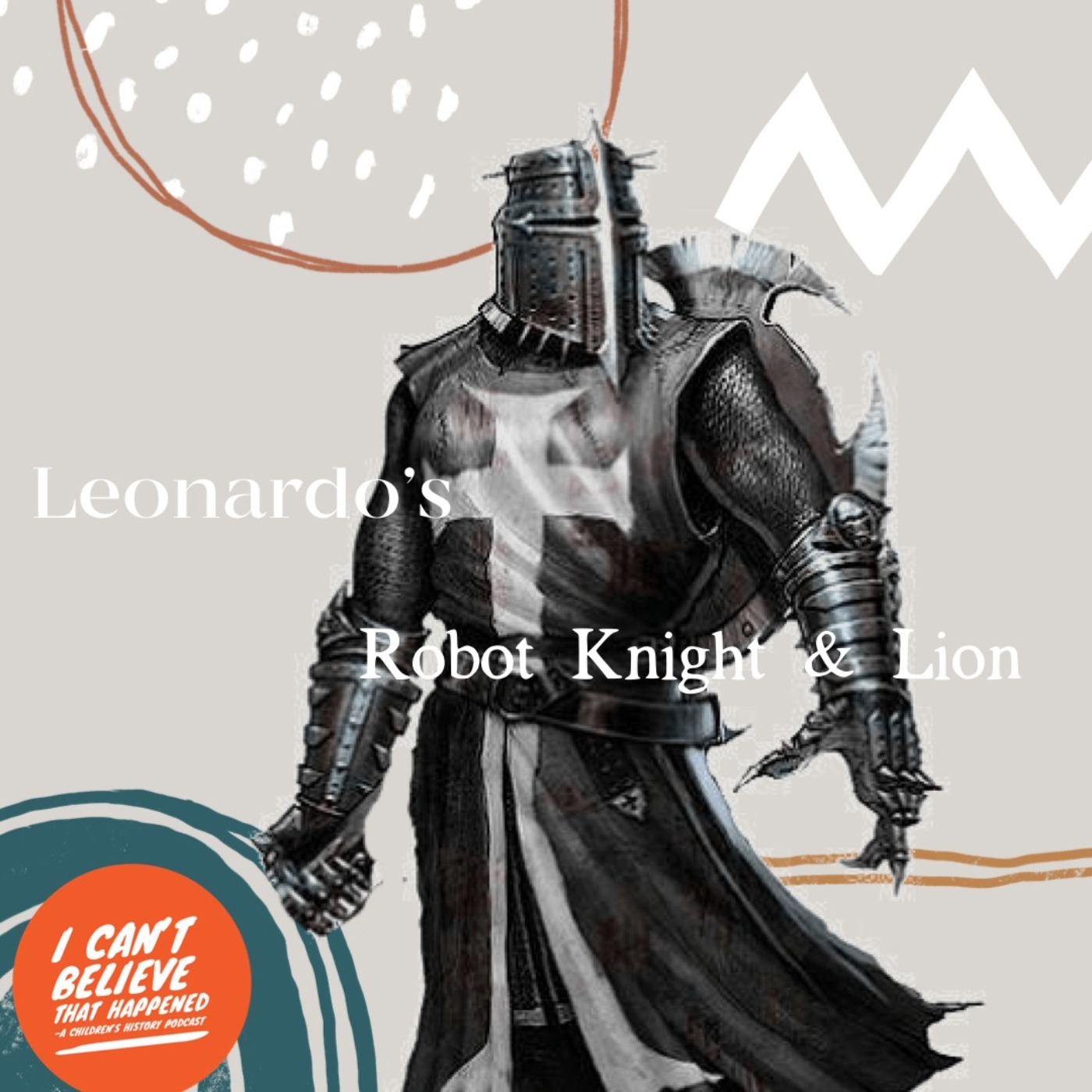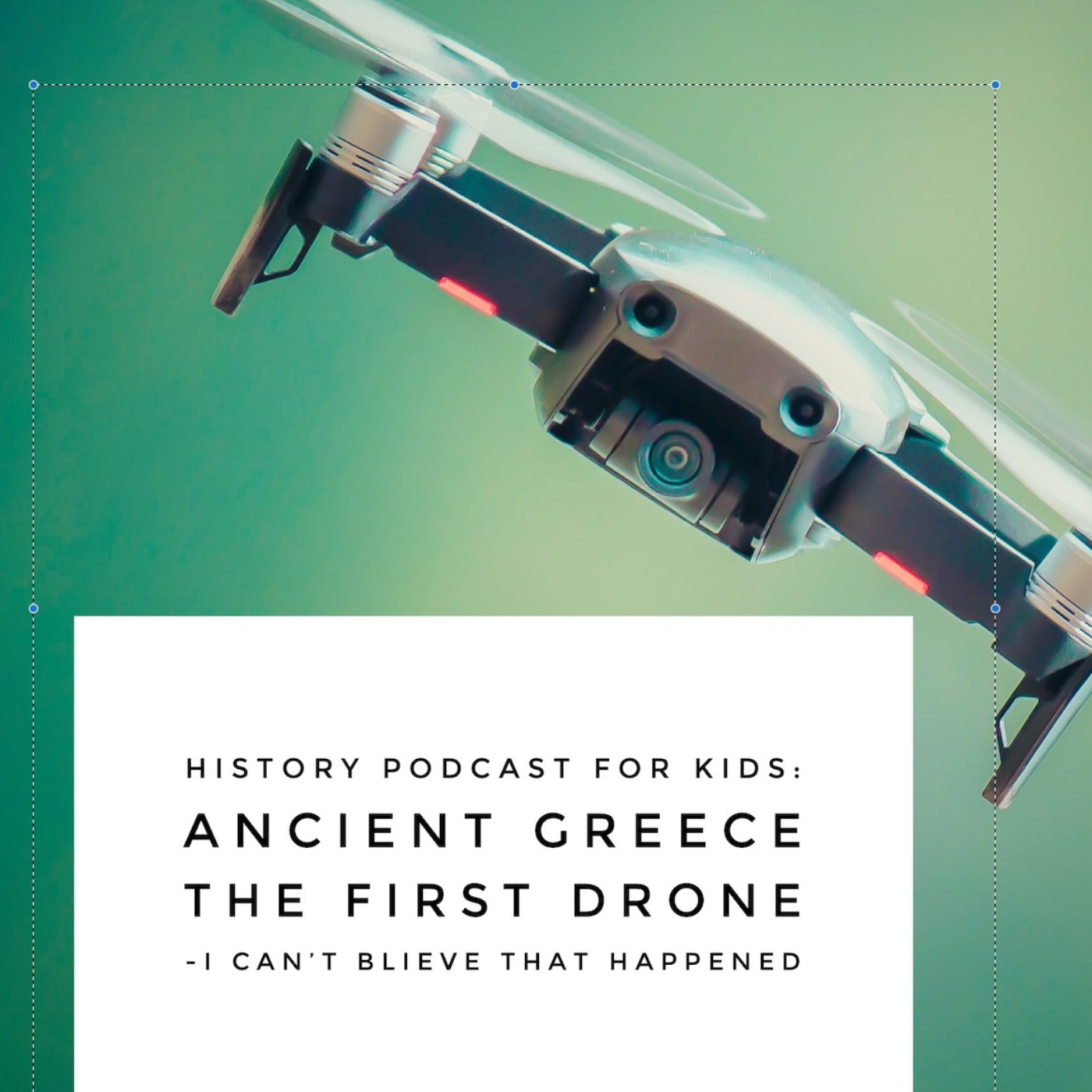The History of Robots: Hero of Alexandria: History Podcast for Kids and Curious Adults
Description
Lived: 1st century writing between 60-70 AD.
Was a student of Ctesibius a man believed to be the head of the Museum of Alexandria. It is thought he was a teacher and lecturer there as well. Historians believe this since his writings appear to be lecture notes. He was also inspired by Inspired by Philo of Byzantium (3 centuries before wrote about the use of trapped and compressed air)
The museum was described to be a school that taught through experimenting and doing as well as by lecture. “Unusual blend of pure science with engineering . . . [and] applied technology . . . [where] much can be discovered through experiment.”
Wrote: Automata, the Pneumatica, the Dioptra, the Catoprica and the Mechanical
Hero used these techniques and expanded on them using water, steam, a need for the inventions, and a sense of humor.
From amusing tabletops (Hercules stands with a bow on the ground is an apple in front is a tree with a servant. If one lifts the apple Hercules draws his arrow and servant begins to hiss.)
In his treatise on pneumatics Hero outlines various birds that could move and sing according to which species they were be changing the pressure of air or water or the length of the tube. One of my favorites is the fountain surrounded by songbirds that would trill until an automaton owl would turn and notice them into still silence.
Hero also created a programmable cart that was powered by a falling weight. The ability for the cart to be programmed was created by strings wrapped around the driving axel. Pay attention to the rest of the book and see how many inventors use this invention as a starting point.
Hero is credited with the first robot which was used in his mechanical theatre. A theatre that ran a ten-minute play where actors, scenery, and sound were all mechanical and powered by gears and pullies.
“Using pegs projecting from the axle, Heron could vary how the rope was wound around the axle, allowing the robot to change direction and move along a pre-programmed course. This primitive mechanism is very similar to a modern binary computer language; old fashioned punch cards operated on exactly the same principle.
Heron used the same system of ropes, cylindrical axles and knots to create a mechanical play of almost 10 minutes in length, including dropping metal balls onto a sheet of metal to resemble thunder.” Heron's Inventions, Martyn Shuttleworth
Hero is credited with creating the world’s first:
Automatic Door Opener:
vending machine
Steam engine: Described by NASA as a "rocket-like device," Hero's steam engine (called an aeolipile) was essentially:
A hollow sphere that can rotate about an axis passing through antipodal points, because of steam flowing out through two bend pipes placed at its equator.
In case you would like to build your own
Hero gave detailed instructions on how to build one:
Place a cauldron over a fire: a ball shall revolve on a pivot. A fire is lighted under a cauldron . . . containing water, and covered at the mouth by the lid . . . with this the bent tube . . . communicates, the extremity of the tube being fitted into the hollow ball. . . . Opposite to the extremity . . . place a pivot . . . resting on the lid . .. and let the ball contain two bent pipes, communicating with it at the opposite extremities of a diameter, and bent in opposite directions, the bends being at right angles . . . . As the cauldron gets hot it will be found that the steam, entering the ball . . . passes out through the bent tubes towards the lid, and causes the ball to revolve.
Mechanical Puppet Theatre: Animated figures acted out a series of dramatic events, including the repair of Ajax's ship by nymphs wielding hammers, the Greek fleet sailing the seas accompanied by leaping dolphins, and the final destruction of Ajax by a lightning bolt hurled at him by the goddess Athena.
Fire Engine: described by Heroas follows:
Take two vessels of bronze [made] to fit . . . pistons fitted to boxes. Let the cylinders [be connected] by means of the tube and be provided with valves . . . within the tube end opening outwards from the cylinders. In the bases of the cylinders pierce circular apertures . .. covered with polished hemispherical cups . . . through which insert spindles . . . connected with the bases of the cylinders. . . . The centre of the pistons fasten the vertical rods . . . and attach to [a] . . . beam . . . branching into two arms . . . and provided with small pipes through which to force up water . . . [and] producing a water-jet by means of the compressed air.
Fountain: •A standalone fountain that operates under self-contained hydro-static energy; now called Heron's fountain.
Bibliography
The Amazing Ancient Machines of Hero of Alexandria
https://gizmodo.com/the-amazing-ancient-machines-of-hero-of-alexandria-1533213972
The pneumatics of Hero of Alexandria, from the original Greek.
https://www.loc.gov/resource/rbc0001.2009gen41532/
Heron's Inventions
https://explorable.com/heron-inventions
Hosted on Acast. See acast.com/privacy for more information.
























